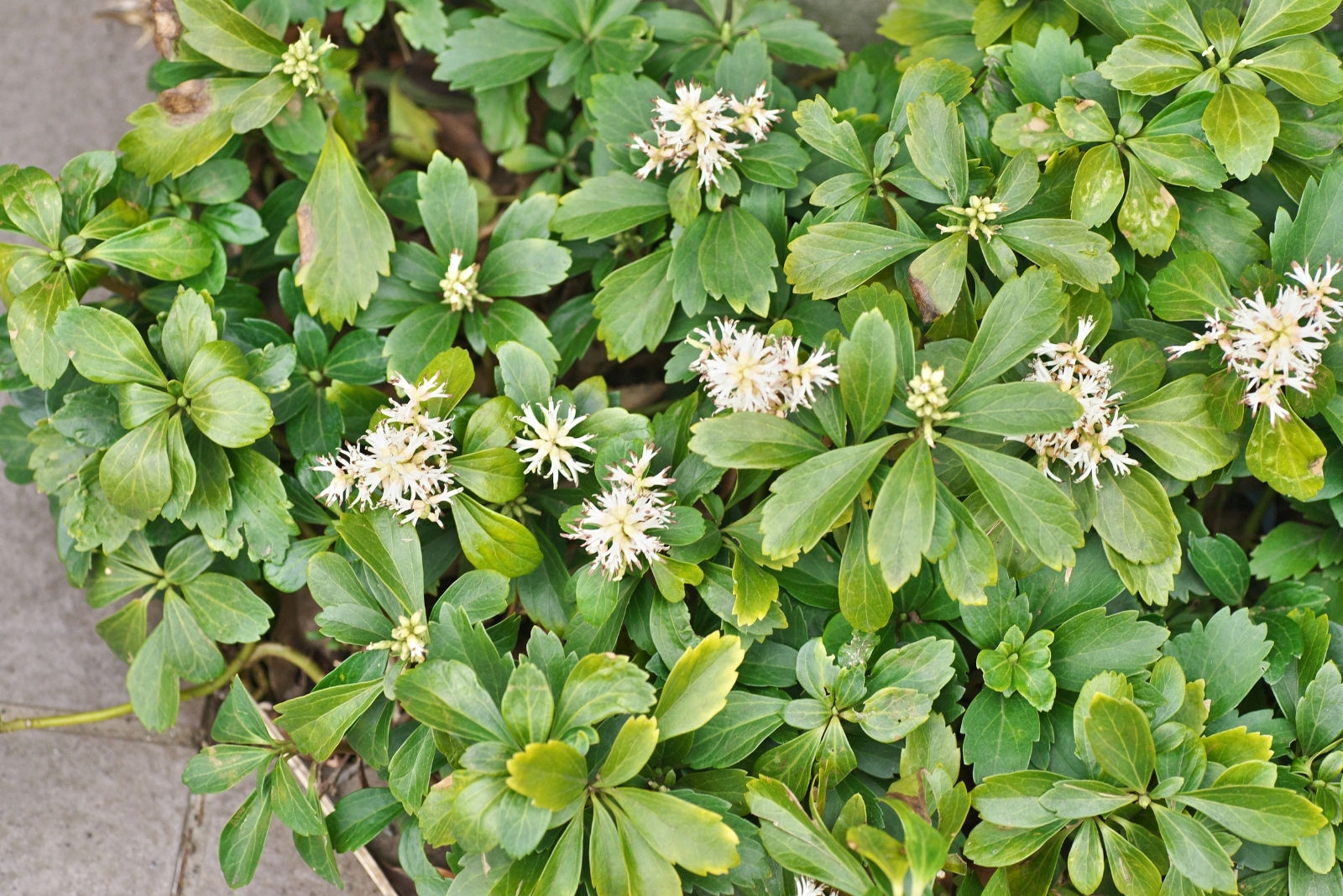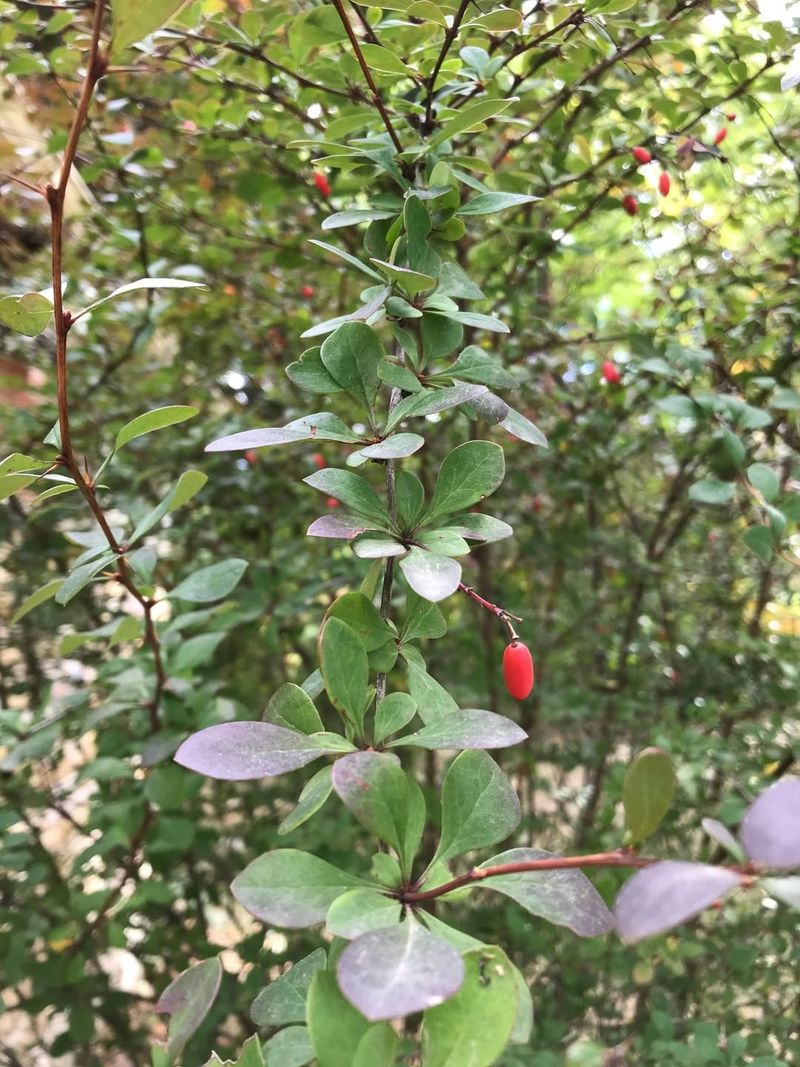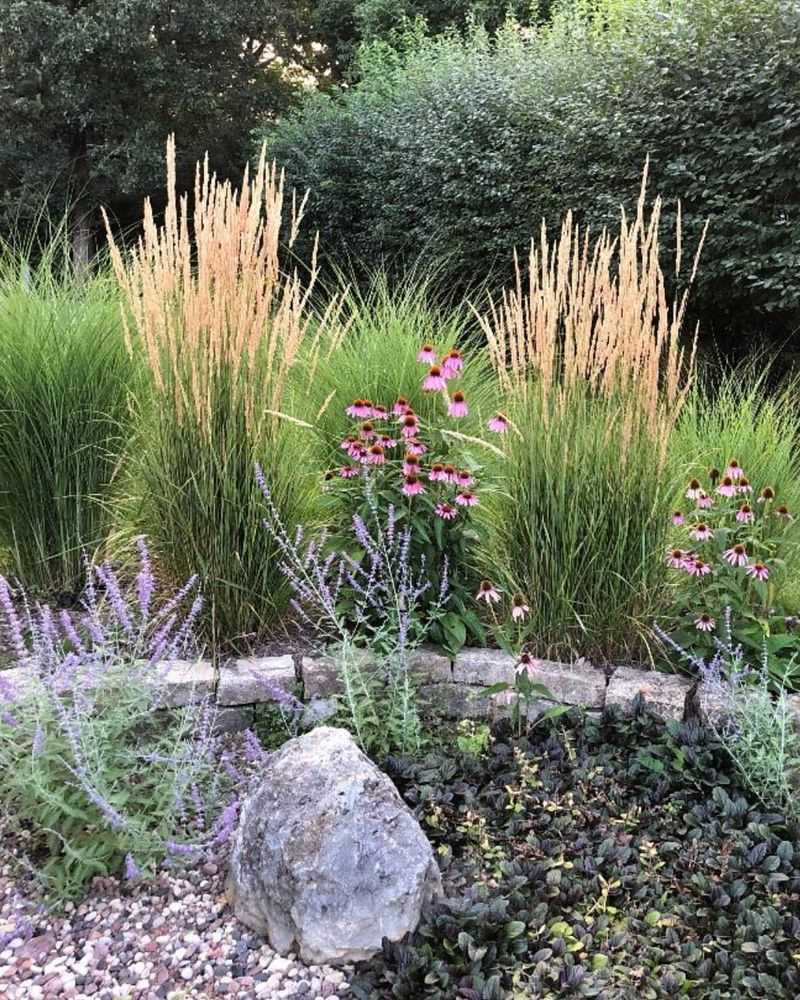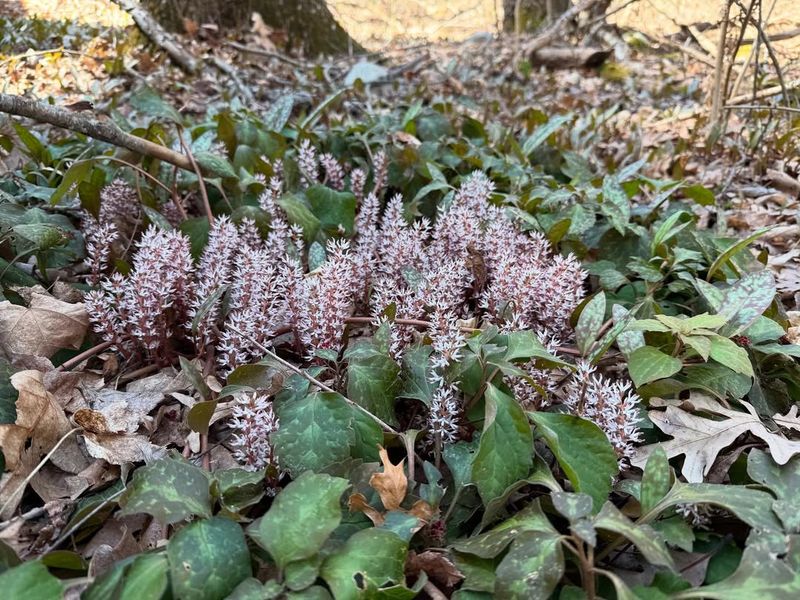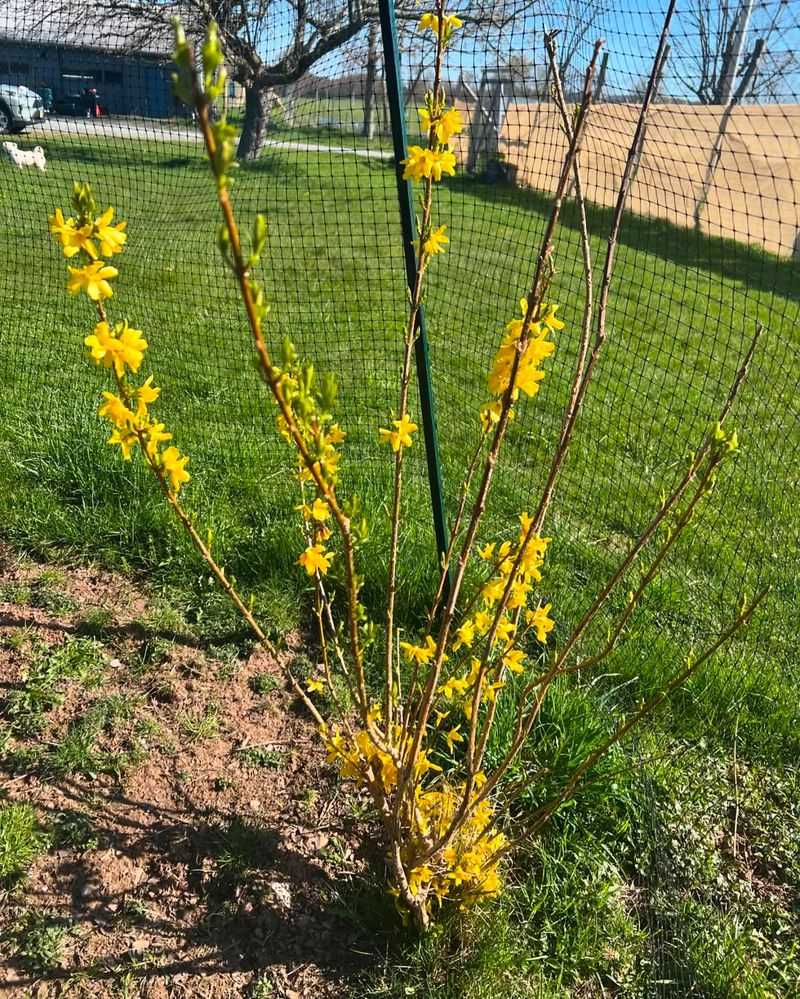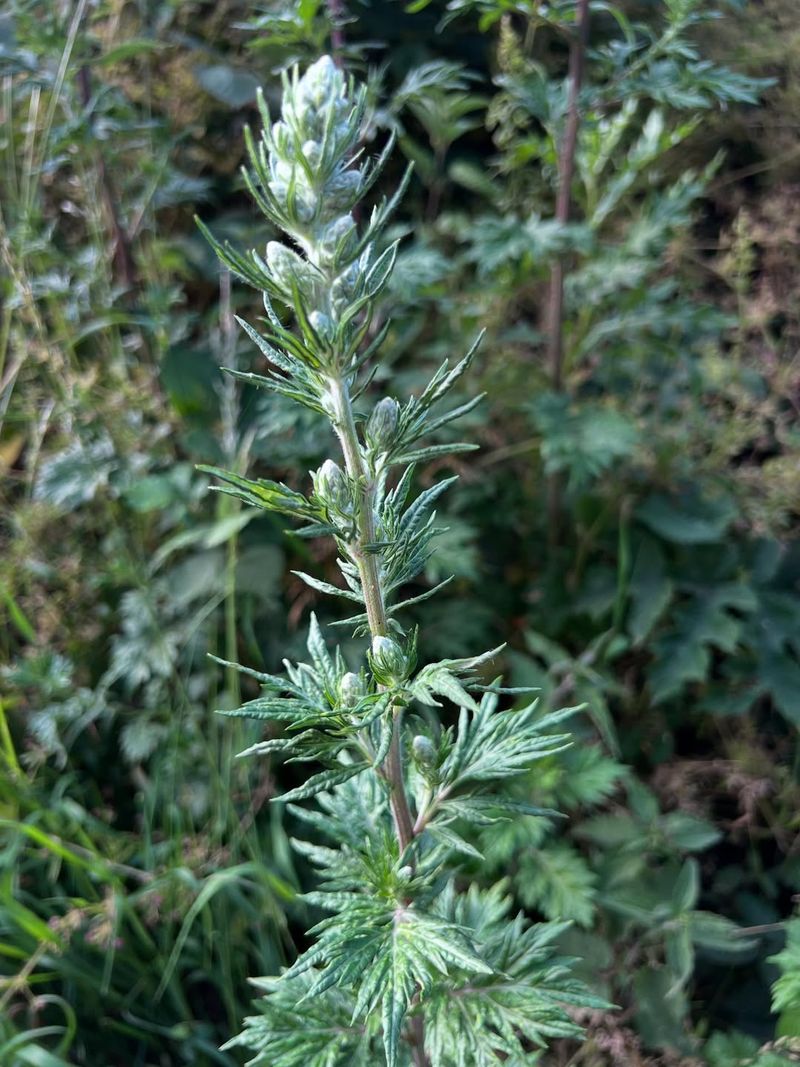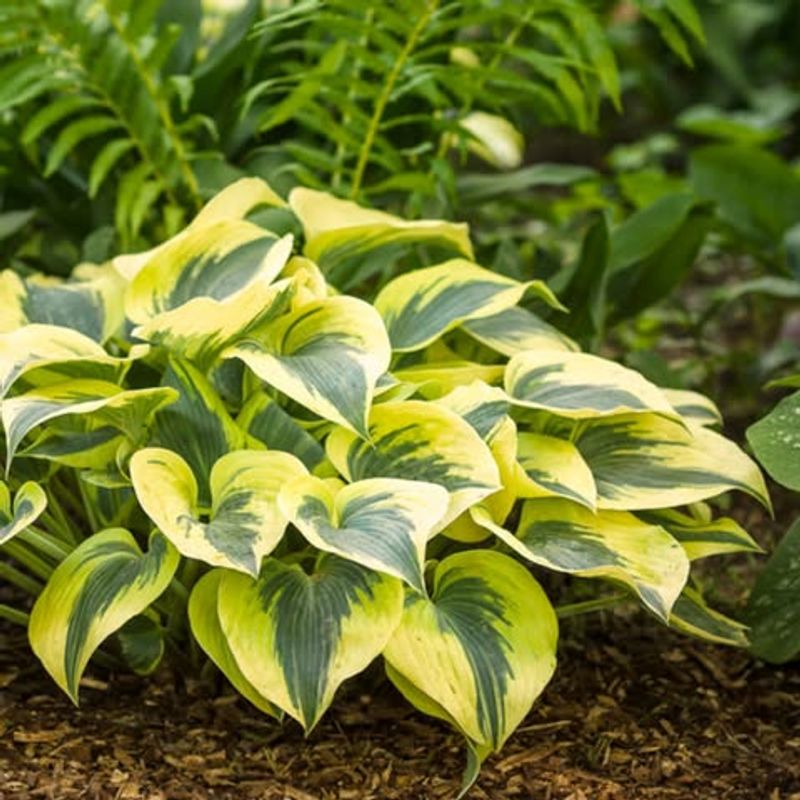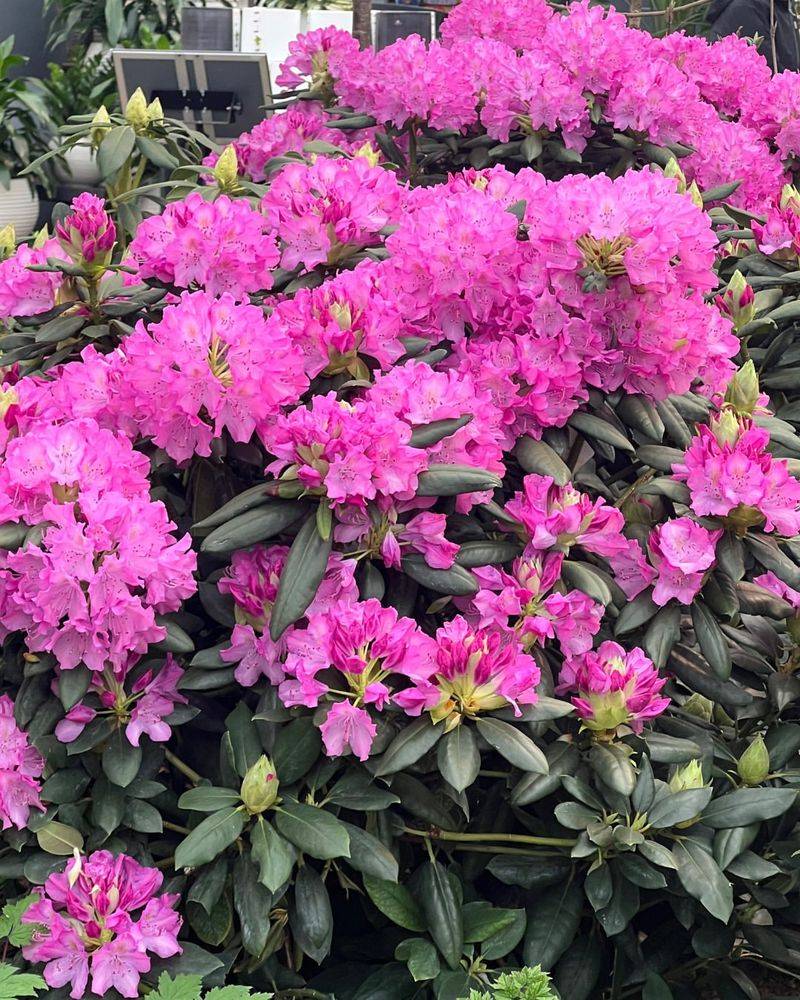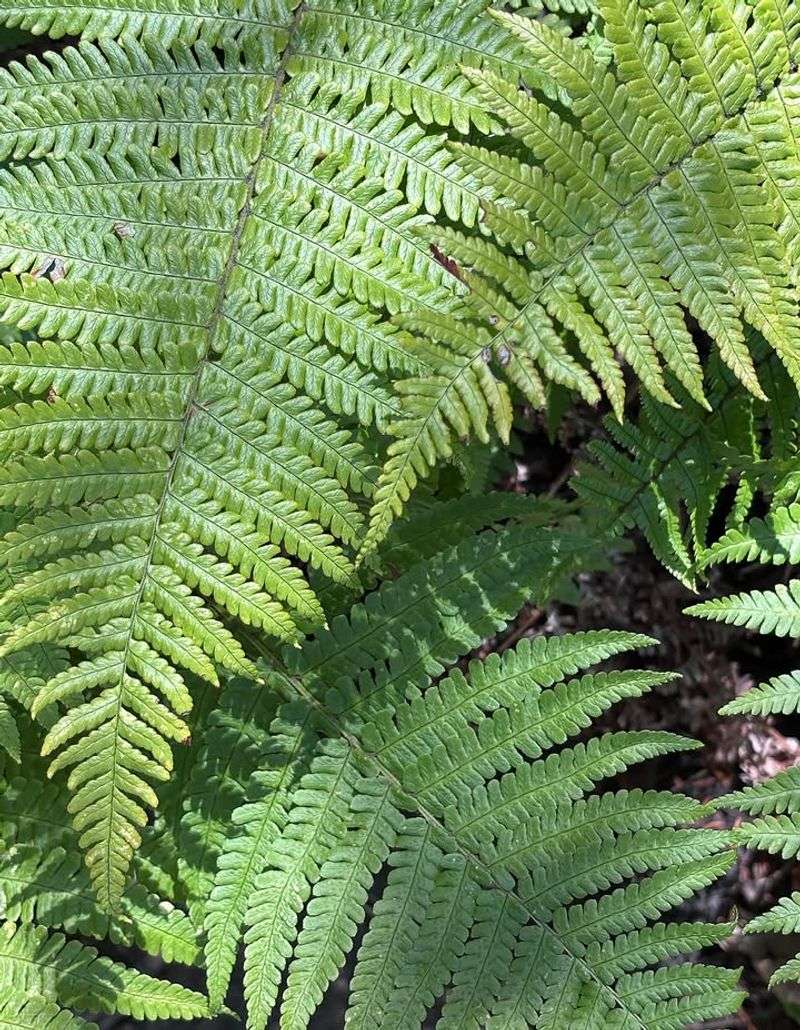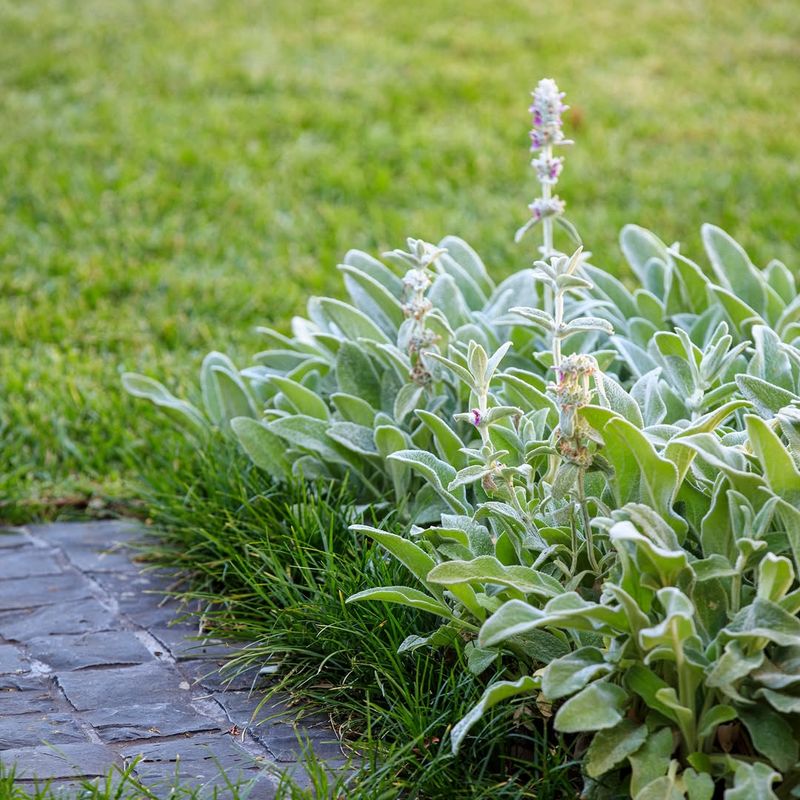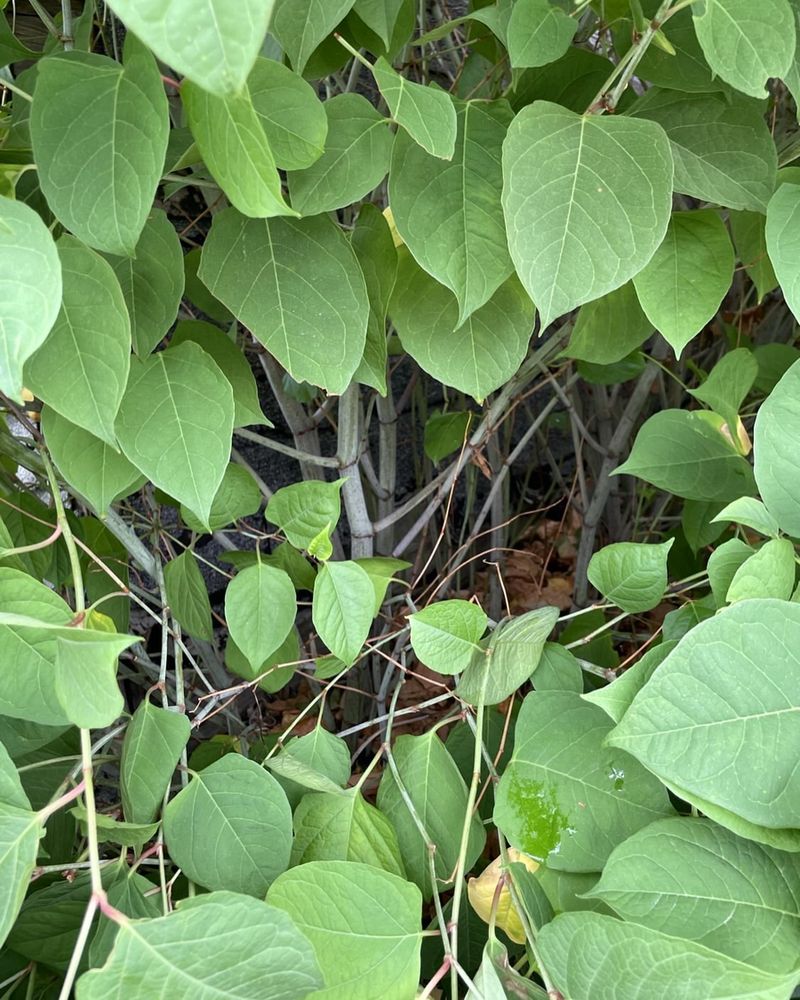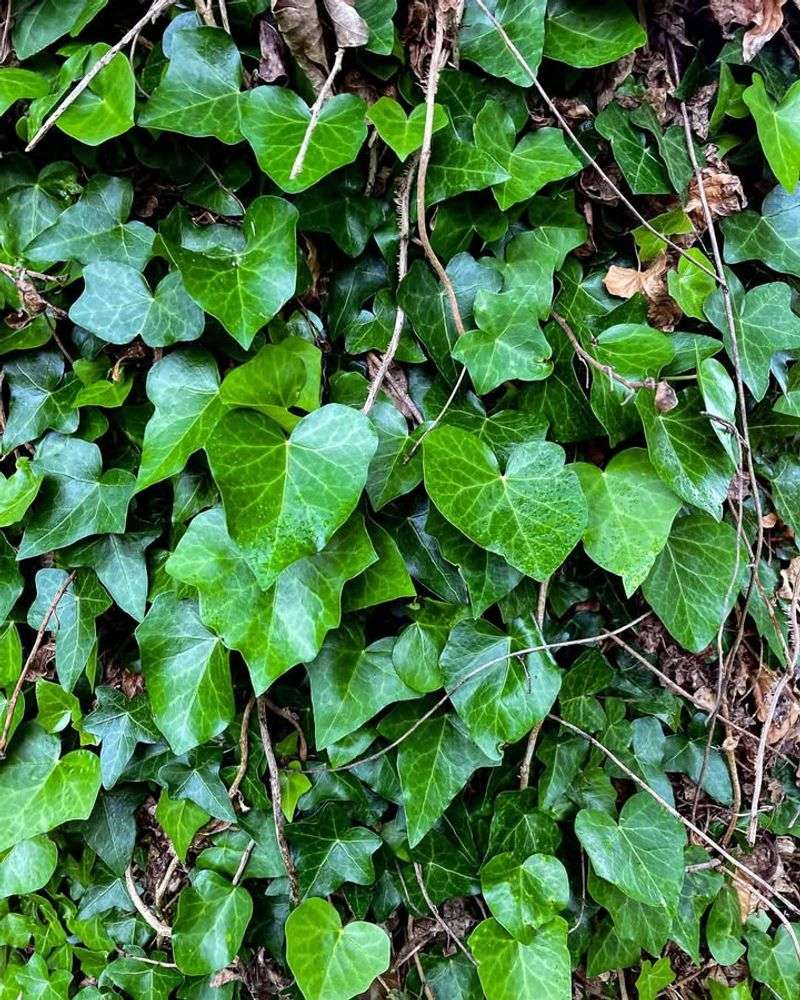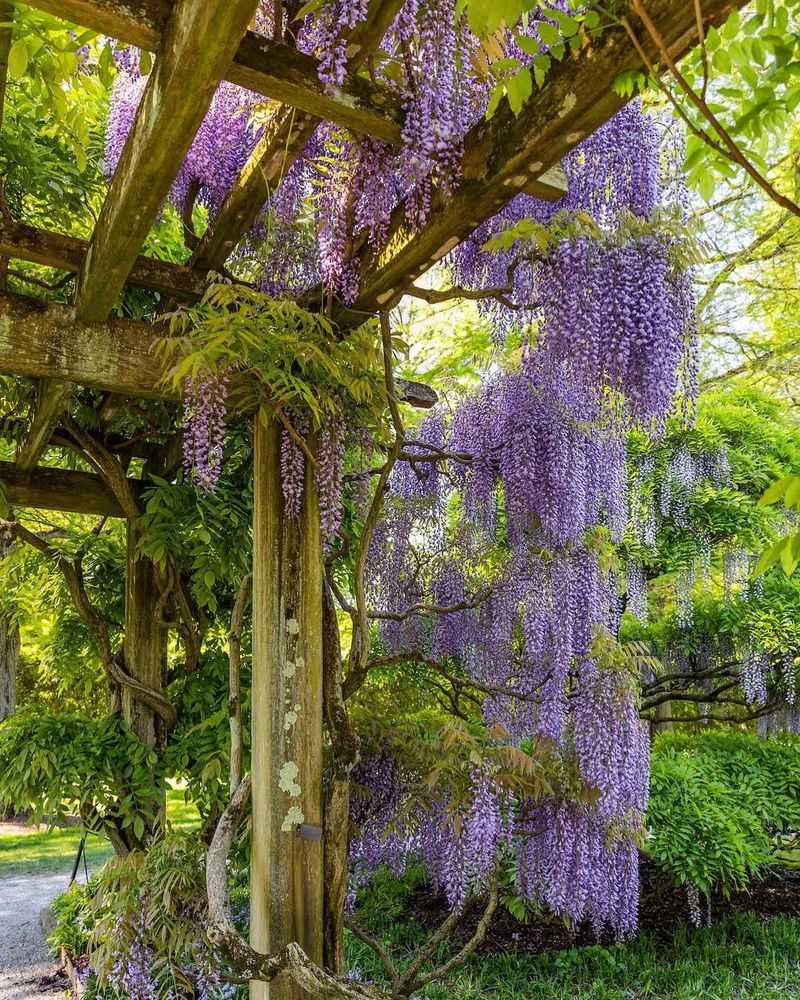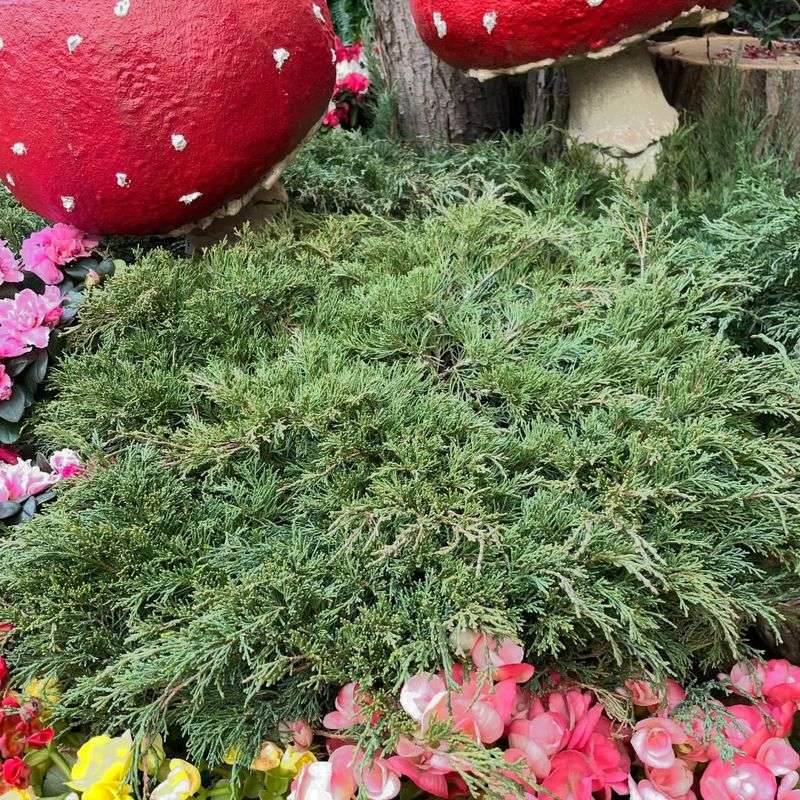New York gardens offer beauty and bounty, but some plants can attract unwelcome guests like ticks. These sneaky plants can make outdoor spaces less safe for people and pets.
Knowing what to avoid helps keep your yard healthy and worry-free. Let’s look at 13 surprising plants New York gardeners might want to reconsider.
1. Japanese Barberry
Once a popular ornamental choice across New York state, this thorny shrub creates the ideal microclimate for ticks. Its dense foliage maintains higher humidity levels that ticks love.
Studies from Cornell University found Japanese barberry can host up to three times more deer ticks than other native plants. The shrub also attracts mice, which are primary carriers of tick-borne diseases.
2. Tall Grasses
Waving gracefully in New York’s summer breeze, ornamental grasses might look beautiful but serve as tick highways. These grasses provide the perfect height for ticks to practice “questing” – when they perch with outstretched legs waiting to grab passing hosts.
The moisture retained at the base creates an ideal environment for tick survival. Even after mowing, the remaining stems can harbor these persistent pests until their next blood meal.
3. Pachysandra
Beneath its lush evergreen appearance lies a tick paradise that many New York homeowners don’t suspect. The dense, carpet-like growth pattern creates a humid microenvironment that ticks thrive in throughout the seasons.
The plant’s structure provides perfect shelter for mice and other small mammals that carry ticks. Its popularity as a shade-loving ground cover unfortunately makes it a common sight in many gardens across the Empire State.
4. Forsythia
Those cheerful yellow blooms announcing spring across New York hide a less welcome guest. The tangled interior branches of mature forsythia create protected spaces where ticks can escape predators and harsh weather.
During hot summer months, ticks retreat to forsythia’s cool, moist base. The shrub’s tendency to grow in dense thickets makes it particularly problematic, as it creates continuous habitat corridors for tick movement throughout your garden.
5. Mugwort
This invasive weed might seem harmless, but it’s a tick magnet throughout New York’s countryside and suburban areas. Its aromatic oils actually attract certain tick species, making it a double threat in garden borders.
Mugwort’s ability to grow in dense patches creates ideal tick microclimates. The plant’s silvery undersides may be distinctive, but they’re also a warning sign that you might be cultivating a tick haven near your home.
6. Hostas
Beloved for their shade tolerance in New York gardens, hostas unfortunately provide perfect tick sanctuaries. Their broad, overlapping leaves create protected, humid spaces where ticks can escape summer heat and drying winds.
The low-growing nature of hostas puts ticks at just the right height to latch onto passing pets and people. Many New York gardeners don’t realize these popular perennials might be contributing to their tick problems throughout the growing season.
7. Rhododendrons
Magnificent when blooming across New York landscapes, rhododendrons harbor a secret beneath their glossy leaves. Their dense, woody structure provides year-round shelter for ticks, especially in the leaf litter that accumulates beneath mature plants.
The acid soil conditions rhododendrons prefer also happen to support tick survival. Their popularity in wooded garden settings creates perfect transition zones where deer and other wildlife can deposit ticks before they make their way to your yard.
8. Ferns
Seemingly innocent, ferns create ideal tick habitats throughout New York’s shadier garden spots. Their lacy fronds maintain high humidity levels at ground level, precisely what ticks need to prevent deadly desiccation.
The cool, moist environment beneath fern colonies supports tick populations even during dry spells. Native to many New York woodlands, ferns may seem like a natural garden choice, but they can contribute significantly to tick problems, especially when planted in dense groupings.
9. Lamb’s Ear
The soft, fuzzy leaves that give this plant its name also provide perfect tick hiding spots across New York gardens. Ticks can easily navigate the velvet-like surface, finding protection among the dense rosettes at the plant’s base.
The silvery foliage retains moisture even during dry periods, creating tick-friendly microclimates. Popular in cottage gardens throughout the state, lamb’s ear often grows alongside other perennials, creating continuous habitat corridors for ticks to spread.
10. Japanese Knotweed
This aggressive invader doesn’t just damage New York ecosystems – it harbors ticks too. The hollow stems and dense growth pattern create perfect tick hideaways, especially where knotweed forms thickets along property edges.
Knotweed’s ability to spread rapidly means tick habitat can expand just as quickly. The bamboo-like plant is particularly problematic in the Hudson Valley region, where it often creates transition zones between wooded areas and maintained landscapes – prime real estate for ticks.
11. Ivy
Crawling up trees and walls across New York, ivy varieties create continuous tick highways throughout gardens. The dense mat of vegetation provides shelter and maintains humidity levels perfect for tick survival, even during winter months.
The overlapping leaves offer countless hiding spots for ticks at various life stages. Many New York homeowners don’t realize that their decorative ivy might be connecting tick-infested wooded areas directly to their living spaces, especially in suburban settings.
12. Wisteria
Beneath those spectacular cascading blooms lies a potential tick problem for New York gardeners. The twisted, dense growth habit creates protected spaces where ticks can escape predators and harsh weather throughout the seasons.
Wisteria’s vigorous nature means it quickly forms thickets that small mammals love – bringing their tick passengers along. The plant’s popularity in Long Island and Hudson Valley gardens means many homeowners unknowingly create tick habitat while pursuing those stunning purple flowers.
13. Creeping Juniper
Low-growing and often used as ground cover across New York landscapes, creeping juniper creates perfect tick territory. Its dense, spreading branches maintain humidity at ground level while providing protection from predators and harsh weather.
The scale-like foliage offers countless attachment points for questing ticks. Popular in rocky gardens and slopes throughout the state, this evergreen might be solving erosion problems while simultaneously creating tick habitat right where people and pets frequently travel.

